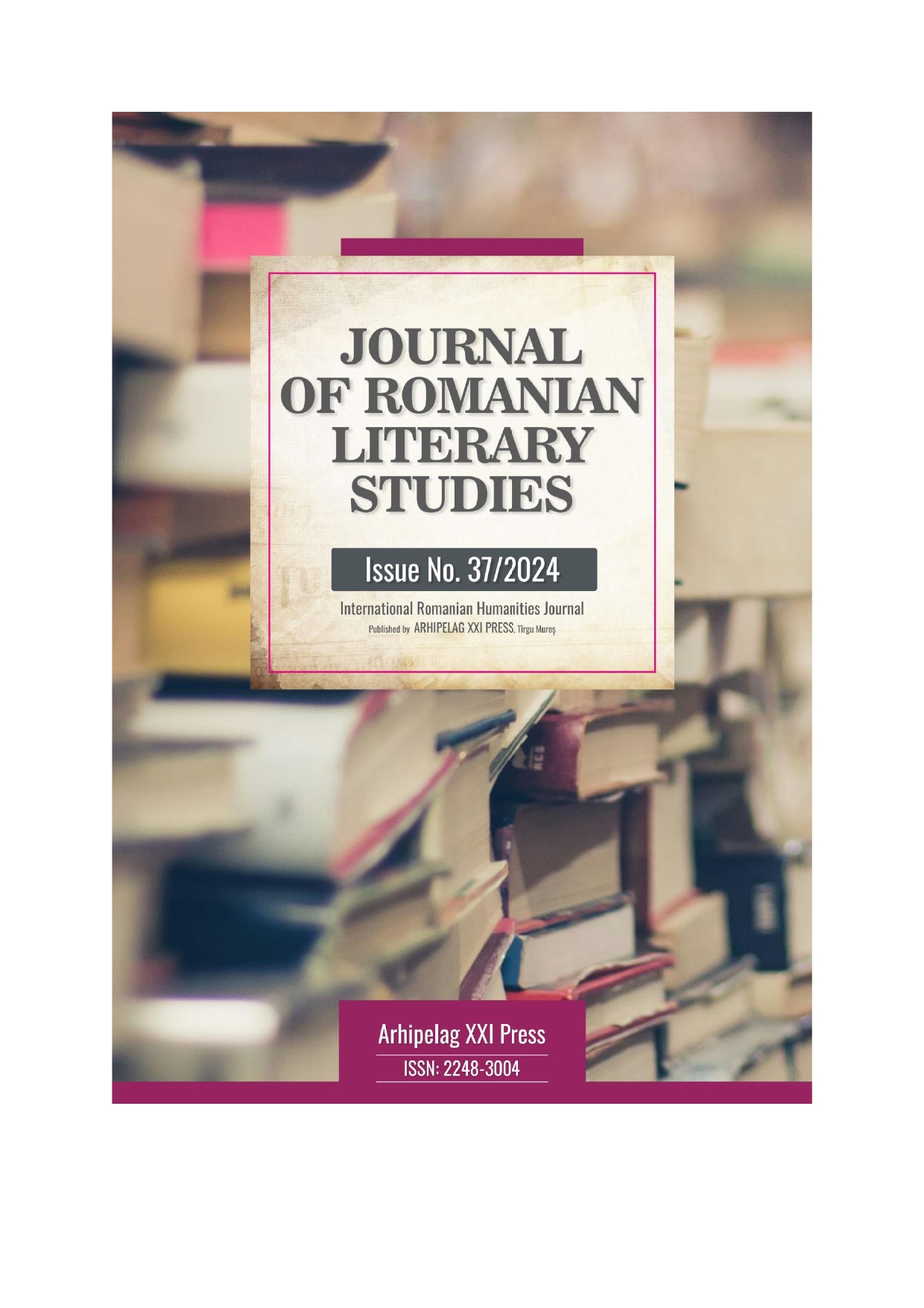IDENTIFYING THE LEVEL OF EXPERIMENTATION AND EXPLORATION OF THE PHYSICAL REALITY OF THE PRE-SCHOOLER
IDENTIFYING THE LEVEL OF EXPERIMENTATION AND EXPLORATION OF THE PHYSICAL REALITY OF THE PRE-SCHOOLER
Author(s): Eugenia Nadia UngureanuSubject(s): Preschool education, Vocational Education, History of Education, Educational Psychology, Cognitive Psychology, Pedagogy
Published by: Editura Arhipelag XXI
Keywords: direct learning; learning through discovery; early education; pedagogical research;
Summary/Abstract: The cognitive structure of an individual is an organized complex that results from the cognitive processes through which he acquires and uses knowledge. New ideas and information can be learned and retained to the extent that relevant or appropriate concepts are clear and available in the individual's cognitive structure and serve as an anchor for new ideas and concepts. When the new information discovered acquires meaning for the child through interaction with existing concepts, learning is meaningful. Using discovery learning in preschool groups, as the predominant type of learning, we noted that discovery learning is most successful when children have preliminary knowledge and go through some structured experiences. The important idea is that preschoolers are more likely to remember the concepts they discover on their own. If the didactic strategy is specific to learning through discovery, the child has a personalization of learning, he will express his points of view, he will ask questions to understand, he will cooperate in an exchange of ideas with his peers, he will be a partner in learning, he will demonstrate what he can do with what he knows.
Journal: Journal of Romanian Literary Studies
- Issue Year: 2024
- Issue No: 37
- Page Range: 433-448
- Page Count: 16
- Language: Romanian

